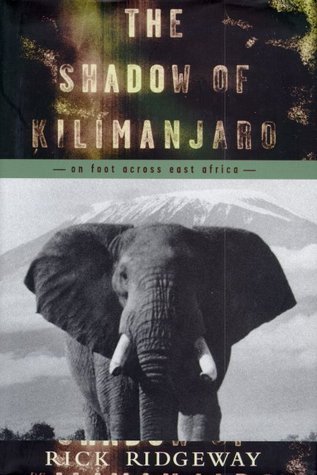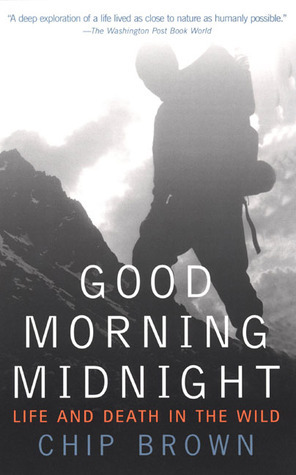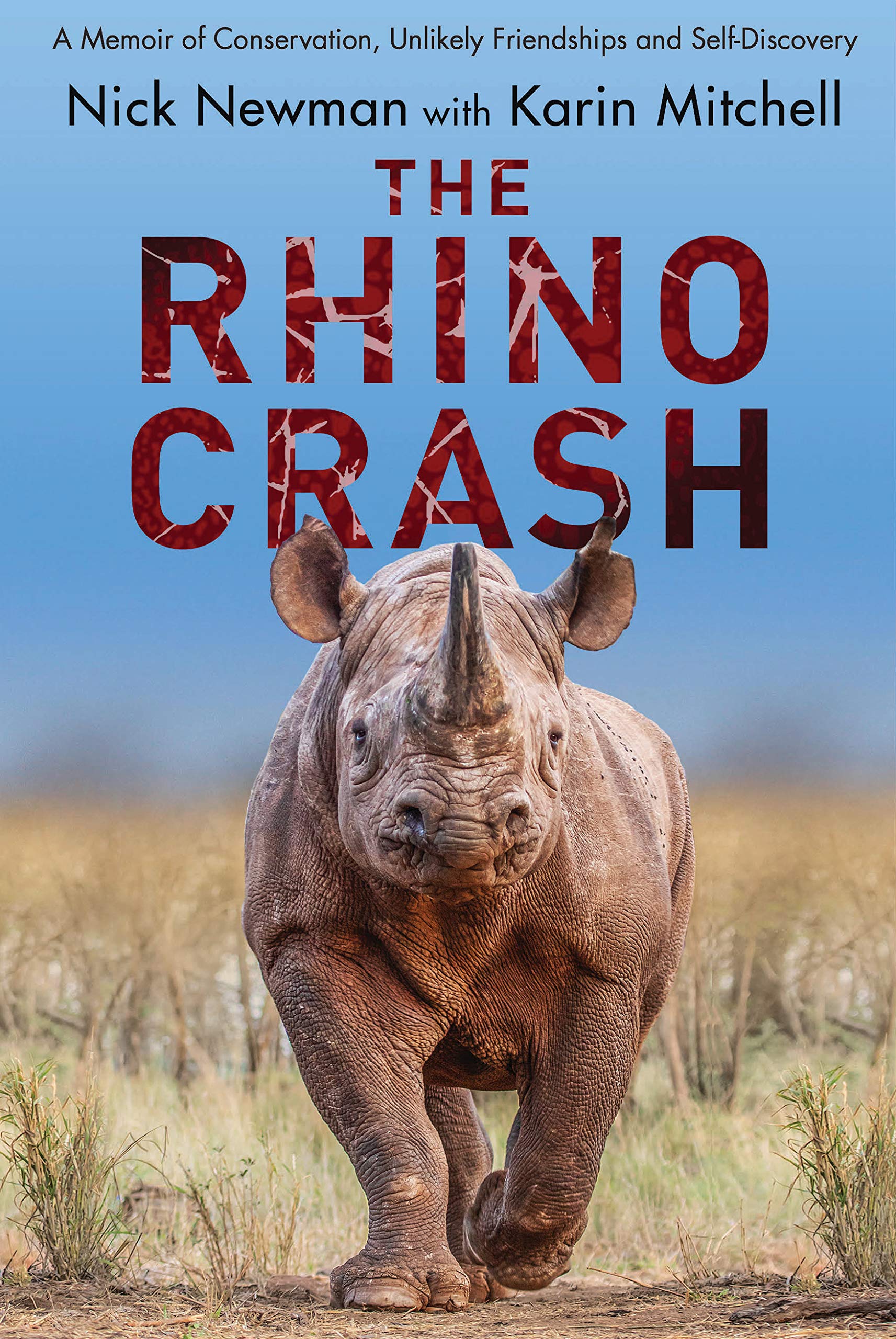
A Shadow Falls
Book Description
Amidst the haunting beauty of an African wilderness, darkness creeps in, threatening to unravel the delicate balance of life. When an unyielding drought forces animals into desperate territories, a fierce conflict erupts between nature's most majestic creatures. Human greed complicates the landscape, and a gripping tale unfolds as alliances are formed and betrayals simmer. Heart-pounding encounters challenge the survival of ancient bonds, pushing family and friendship to their limits. As each decision carries life-or-death stakes, will love endure when shadows fall? Unravel the mystery of survival in a world where the margins between predator and prey blur dangerously.
Quick Book Summary
"A Shadow Falls" by Nick Brandt is a powerful visual meditation on the fragile balance of the African wilderness and the mounting threats it faces. Through evocative photography, Brandt captures the majesty of African wildlife at a time when environmental change and human encroachment threaten their very existence. A devastating drought pushes animals into unfamiliar territories, escalating tensions and survival struggles. The book explores the complex interplay between nature’s grandeur and the looming shadow of human influence, as alliances among animal families are tested and ancient bonds are stretched by desperation. Brandt’s haunting images and poignant narrative invite readers to reflect on humanity’s role in shaping the fate of the wild, asking whether love and resilience can endure as darkness closes in.
Summary of Key Ideas
Table of Contents
The Impact of Environmental Change on Wildlife
Nick Brandt’s "A Shadow Falls" opens with arresting images of Africa’s iconic landscapes, immediately immersing viewers in the stark beauty and vulnerability of the continent’s wild places. Brandt’s work is more than just documentation—it is a testament to the majesty of lions, elephants, and other animals poised on the brink of calamity. His photographs capture fleeting moments of grace amid an environment increasingly threatened by prolonged drought and other environmental crises, setting the stage for an exploration of survival against the odds.
Human Encroachment and Its Consequences
As the narrative develops, Brandt turns his lens on the upheaval brought by climate change. The unrelenting drought, vividly rendered in the book’s visuals, compels animals to leave traditional territories and confront new dangers. These forced migrations give rise to fierce competition over scarce resources. In this tension-filled landscape, the survival of both predators and prey hangs in delicate balance, and even the most ancient familial and social bonds are strained or broken by desperation.
Strained Alliances and Animal Social Bonds
Complicating the already dire situation is the persistent intrusion of human influence. Brandt details, both visually and narratively, how encroachment—whether through poaching, habitat destruction, or unsustainable expansion—tips the scales further against the wildlife. The book’s evocative images of animal encounters juxtaposed with glimpses of human presence underscore the consequences of greed and indifference. Each page quietly, but powerfully, calls attention to the moral responsibility humans bear for the fate of these creatures and places.
Survival and the Blurring of Predator-Prey Boundaries
Brandt’s sensitive depiction of animal families and communities offers an intimate look at alliances formed in crisis and the heart-pounding decisions each creature faces. Elephants, lions, and other protagonists are portrayed as individuals whose bonds are tested to their limits. Moments of betrayal, loyalty, and sacrifice shape their struggle, blurring the lines between predator and prey and highlighting a collective resilience amid adversity.
The Fragility and Beauty of the Natural World
In its conclusion, "A Shadow Falls" stands not only as an artistic achievement but also as a poignant reflection on what is at stake in the African wilderness. Brandt’s narrative and images converge to ask: can love, kinship, and the will to endure persist as shadows fall over the land? The book ultimately compels readers to reckon with the fragility—and the transcendence—of life in a threatened world, urging respect, empathy, and action to preserve what remains.
Download This Summary
Get a free PDF of this summary instantly — no email required.





